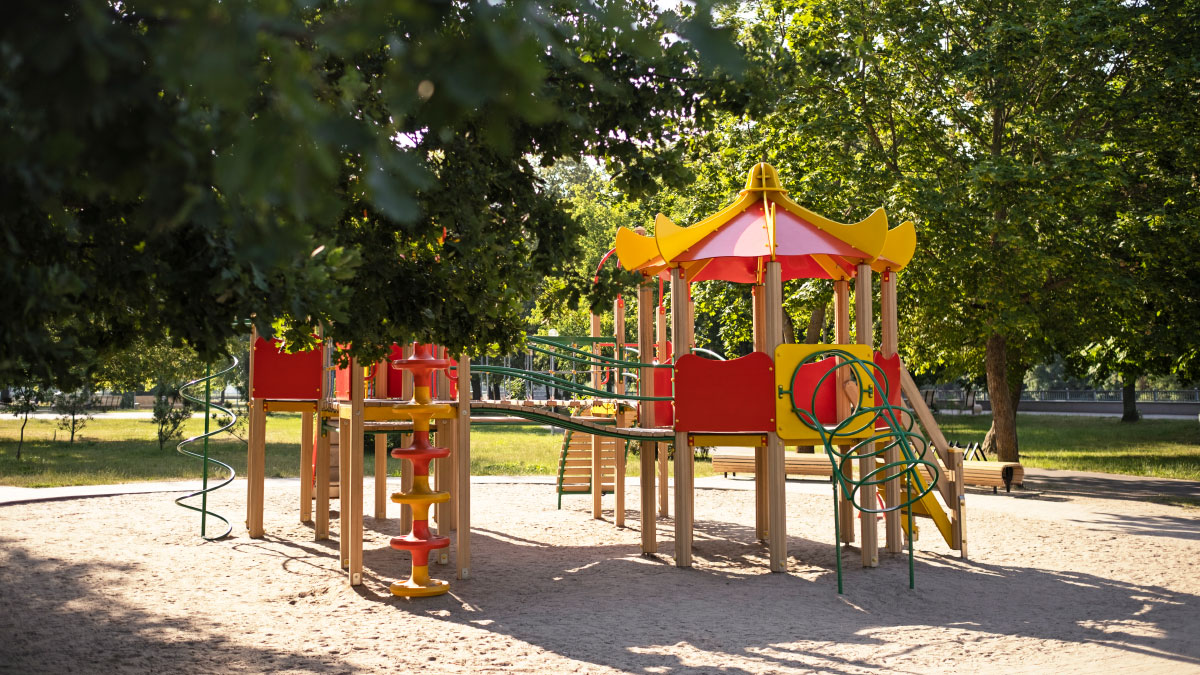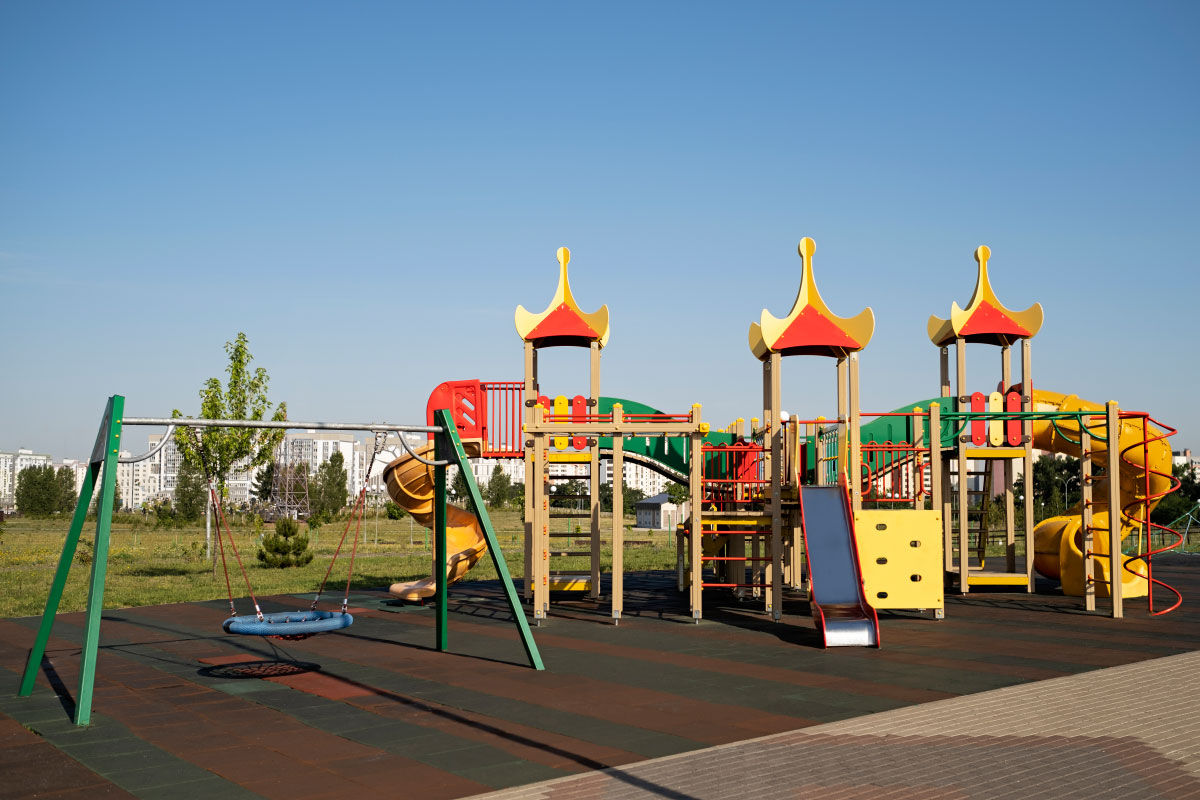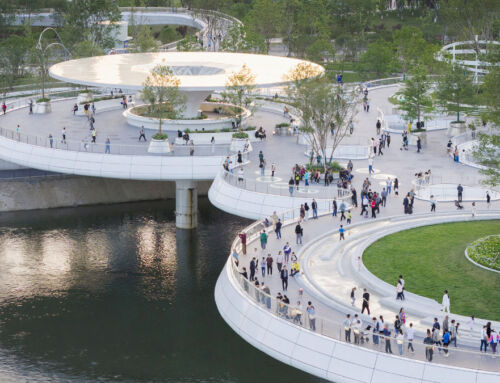Beneath the children playing on a modern playground, is a history of technical innovation and concern for safety. Playground flooring has evolved from simple hard surfaces, to scientifically designed shock-absorbing systems.
Originally, playgrounds were usually made of compacted earth, sand or even concrete, materials that offered no cushioning against falls. While solutions such as natural grass or wood chips were a first step forward, they presented problems: grass degrades quickly with use, while wood chips often harbour bacteria or splinter easily. Gravel, although more cushioning, makes access difficult for children with reduced mobility.
The turning point came with the standardisation of safety. The EN 1177 standard (in force in the EU since 1998) established scientific criteria for measuring the shock absorption capacity of playground flooring, defined its thickness and density according to the maximum fall height, and also the safety area, or surface to be covered around playground equipment.
Today there is a wide variety of shock-absorbing flooring specially designed to reduce the risk of injury from falls. These include materials such as rubber (continuous or in tiles), elastic-based artificial turf, cork flooring, wood chips and coated technical foams, each with their advantages, limitations and areas of application.
We have left for a future article a detailed analysis of the different types of shock-absorbing flooring currently used in playground equipment. At that time, we will analyse for you the characteristics, benefits and maintenance requirements of each of them.
By Pablo Vidal, Senior Architect in the Architecture Department of Amusement Logic







